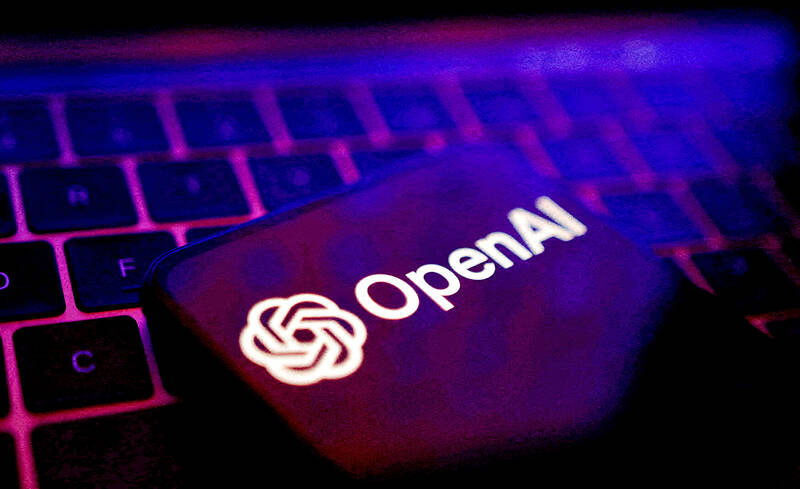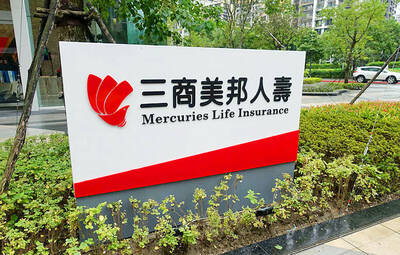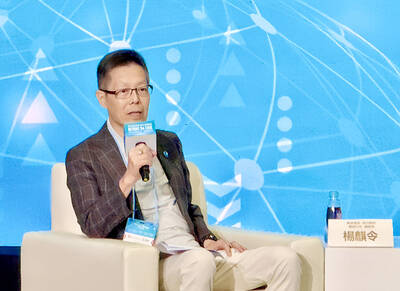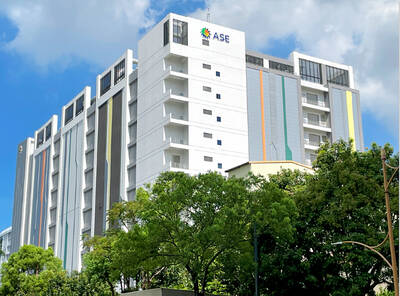OpenAI CEO Sam Altman and Nvidia Corp CEO Jensen Huang met with senior US administration officials and other industry leaders at the White House, where they discussed steps to address massive infrastructure needs for artificial intelligence (AI) projects.
Attendees included Anthropic CEO Dario Amodei, Google president Ruth Porat, Amazon.com Inc cloud chief Matt Garman and Microsoft Corp president Brad Smith, a White House statement on Thursday’s meeting said.
The government officials included US Secretary of Commerce Gina Raimondo, National Security Adviser Jake Sullivan and Secretary of Energy Jennifer Granholm.

Photo: Dado Ruvic, Reuters
Following the talks, the White House announced an interagency task force to help promote data center development in the US and initiatives to support accelerated permitting for those facilities. The steps are aimed at ensuring that the US retains its leadership in AI, where rapid advances require significant investments in data centers and energy supply.
The US Department of Energy would also steer data center owners and operators toward resources such as loans, grants and tax credits that can help them find clean and reliable power sources, the White House statement said.
OpenAI, for example, plans to spend tens of billions of US dollars on a domestic AI infrastructure push that spans data centers, energy capacity and transmission, and semiconductor manufacturing — with investment from around the globe. Company executives have been meeting with government officials for months about a range of issues related to the initiative, including national security concerns that could be associated with foreign capital.
The discussions took place the same day that OpenAI announced a new AI model known internally as “Strawberry” that can perform some human-like reasoning tasks, a step that signaled the intensity of the competition.
“OpenAI believes infrastructure is destiny and that building additional infrastructure in the US is critical to the country’s industrial policy and economic future,” OpenAI said on Thursday.
Porat said robust US energy infrastructure was crucial to ensuring US leadership in AI.
“Today’s White House convening was an important opportunity to advance the work required to modernize and expand the capacity of America’s energy grid,” she said.
The AI-fueled surge in US data center construction coincides with a broader manufacturing boost spurred by the Chips and Science Act and the Inflation Reduction Act — the signature subsidy programs for semiconductors and clean energy enacted in 2022 under US President Joe Biden.
Those investments, along with data center expansion and other factors, are expected to drive electricity demand up by 15 percent to 20 percent over the next decade, the US Department of Energy said.
Data centers could consume as much as 9 percent of US electricity generation annually by 2030, up from 4 percent of total load last year, an Electric Power Research Institute report said in May.
The Biden administration has said renewables such as wind and solar, as well as battery storage and energy efficiency gains, are some of the best ways to meet growing data center energy demand, because they are rapidly scalable and cost-competitive.

AI BOOST: Although Taiwan’s reliance on Chinese rare earth elements is limited, it could face indirect impacts from supply issues and price volatility, an economist said DBS Bank Ltd (星展銀行) has sharply raised its forecast for Taiwan’s economic growth this year to 5.6 percent, citing stronger-than-expected exports and investment linked to artificial intelligence (AI), as it said that the current momentum could peak soon. The acceleration of the global AI race has fueled a surge in Taiwan’s AI-related capital spending and exports of information and communications technology (ICT) products, which have been key drivers of growth this year. “We have revised our GDP forecast for Taiwan upward to 5.6 percent from 4 percent, an upgrade that mainly reflects stronger-than-expected AI-related exports and investment in the third

Mercuries Life Insurance Co (三商美邦人壽) shares surged to a seven-month high this week after local media reported that E.Sun Financial Holding Co (玉山金控) had outbid CTBC Financial Holding Co (中信金控) in the financially strained insurer’s ongoing sale process. Shares of the mid-sized life insurer climbed 5.8 percent this week to NT$6.72, extending a nearly 18 percent rally over the past month, as investors bet on the likelihood of an impending takeover. The final round of bidding closed on Thursday, marking a critical step in the 32-year-old insurer’s search for a buyer after years of struggling to meet capital adequacy requirements. Local media reports

TECHNOLOGICAL RIVALRY: The artificial intelligence chip competition among multiple players would likely intensify over the next two years, a Quanta official said Quanta Computer Inc (廣達), which makes servers and laptops on a contract basis, yesterday said its shipments of artificial intelligence (AI) servers powered by Nvidia Corp’s GB300 chips have increased steadily since last month, should surpass those of the GB200 models this quarter. The production of GB300 servers has gone much more smoothly than that of the GB200, with shipments projected to increase sharply next month, Quanta executive vice president Mike Yang (楊麒令) said on the sidelines of a technology forum in Taipei. While orders for GB200 servers gradually decrease, the production transition between the two server models has been

ASE Technology Holding Co (日月光投控), the world’s largest integrated circuit (IC) packaging and testing supplier, yesterday announced a strategic collaboration with Analog Devices Inc (ADI), coupled with the signing of a binding memorandum of understanding. Under the agreement, ASE intends to purchase 100 percent shares of Analog Devices Sdn Bhd and acquire its manufacturing facility in Penang, Malaysia, a press release showed. The ADI Penang facility is located in the prime industrial hub of Bayan Lepas, with an area of over 680,000 square feet, it said. In addition, the two sides intend to enter into a long-term supply agreement for ASE to